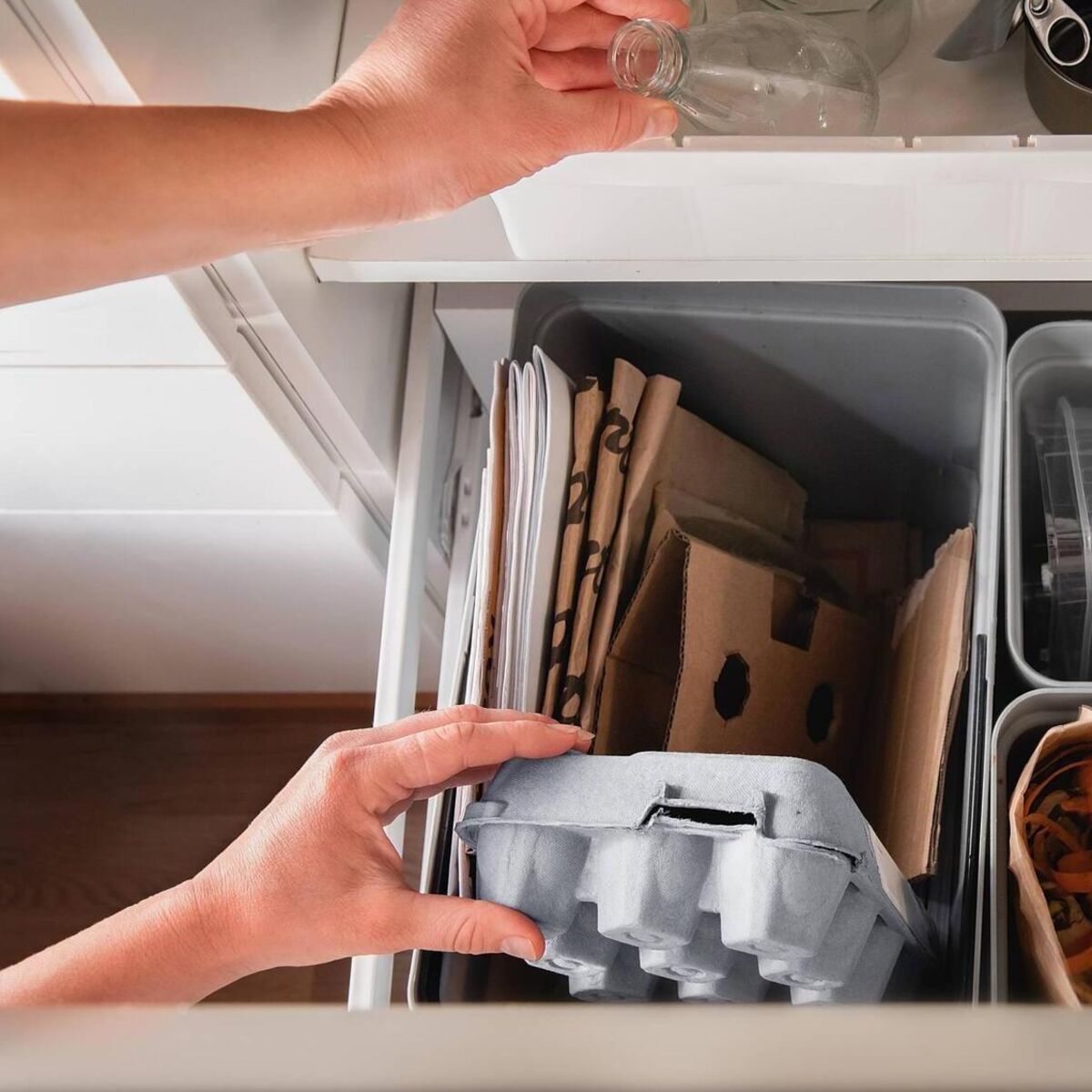This novelty contraption was a way of making sustainable fuel for the stove in the kitchen, using paper and cardboard that would otherwise have gone in the bin.
At that time, we didn’t have the individual wheelie bins, to separate out green and brown waste from the main general bin.
I was recently reminded of this when I got a notice from my bin company. They are putting more cameras on the bin trucks, to detect when items aren’t being sorted properly.
The refuse firm will send pictures to its customers to show that their bins are being misused, and repeat offenders will have to pay a fine.
This isn’t the bin company’s first dice with monitoring our refuse. I got a fine a few years back which cost me almost as much as the annual service charge, because one of the kids had put a plastic bag into the recycling bin.
There was a photo attached to the fine and it was clearly the household bin.
Setting chores for the kids is important, but nobody tells you the financial peril of asking them to put out the bins.
My face was the perfect picture of the ‘cringe emoji’ as I reviewed the image. My debit card shivered in my hand as I paid the fine; lesson learned.
There’s a moment in the cartoon movie Toy Story where the green aliens tell Buzz Lightyear about “The Claw”.
The Claw chooses who will go and who will stay. Those little green toys look up to the sky with wonder at this gigantic claw hovering over them.
On a recent college field trip, I experienced a similar feeling of awe on entering the control room at the Dublin Waste to Energy plant in Ringsend.
I murmured “The Claw” with my fellow visitors when we spotted just one of the enormous claws hovering over a mountain of rubbish that comprised just one day of refuse deliveries.
The control room is located on the corner of the fifth floor of a large industrial building that occupies a patch of the landfill that Dublin City Council operated until 1978, which now forms the Poolbeg Peninsula.
It sits behind the former Glass Bottle site which is the future home to thousands of new apartments and homes once construction is finished.
You can see the new mini town from one of the few external windows, looking back towards Irishtown and beyond, the Aviva Stadium.
Inside the plant, the piles of general refuse tower above the height of the control room ceiling as the claws lift 4 tonnes of waste at a time, shifting the morass so that arriving trucks can pour their contents into the pit, and the cycle continues.
About 40% of all the general waste disposed of in Ireland ends up here for incineration.
In a world that is concerned with emissions and climate change this disposal method may seem like a poor choice for our little island, but it’s a clever solution that generates power and potentially heating for tens of thousands of homes.
Burning the country’s general waste has enabled many of her landfills to close, and our nation is relying less on shipping rubbish beyond our shores.
Suspended high above the towering mounds of general refuse, most of which came from black or grey or green general-waste wheelie bins, it was fascinating to see the detritus of our society.
WASTE NOT, WANT NOT
When I looked a little closer though, I could see so many items that didn’t need to be put into the bin.
There was oodles of cardboard and paper. Something I’ve been trying not to dispose of. That same material could be used to make more of the paper briquettes.
Or in my case, cardboard is my secret weapon in the fight against weeds, and a brilliant weed suppressant in the garden.
Incredibly, there was a huge amount of building debris such as pieces of wood and also, food.
Food waste should end up in the compost or brown bin, and not in general waste. It can be composted and in some instances used to generate bio-methane.
That’s gas that can be used for powering everything from trucks to heating homes with the right technology.
For some people, the ease of disposing of everything into the general waste bin trumps separating their waste.
Thanks to the new cameras being mounted on dumper trucks though, this way of throwing away what we don’t need should become a thing of the past.
The moral of the story? Check your bins to make sure you’re disposing of your refuse correctly.
You will reduce the risk of a hefty fine and the internal mortification of receiving a photo of your own rubbish.
You could also save yourself some money on bin lifts and use what you wanted to dispose of elsewhere.
